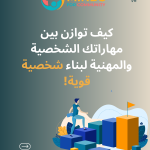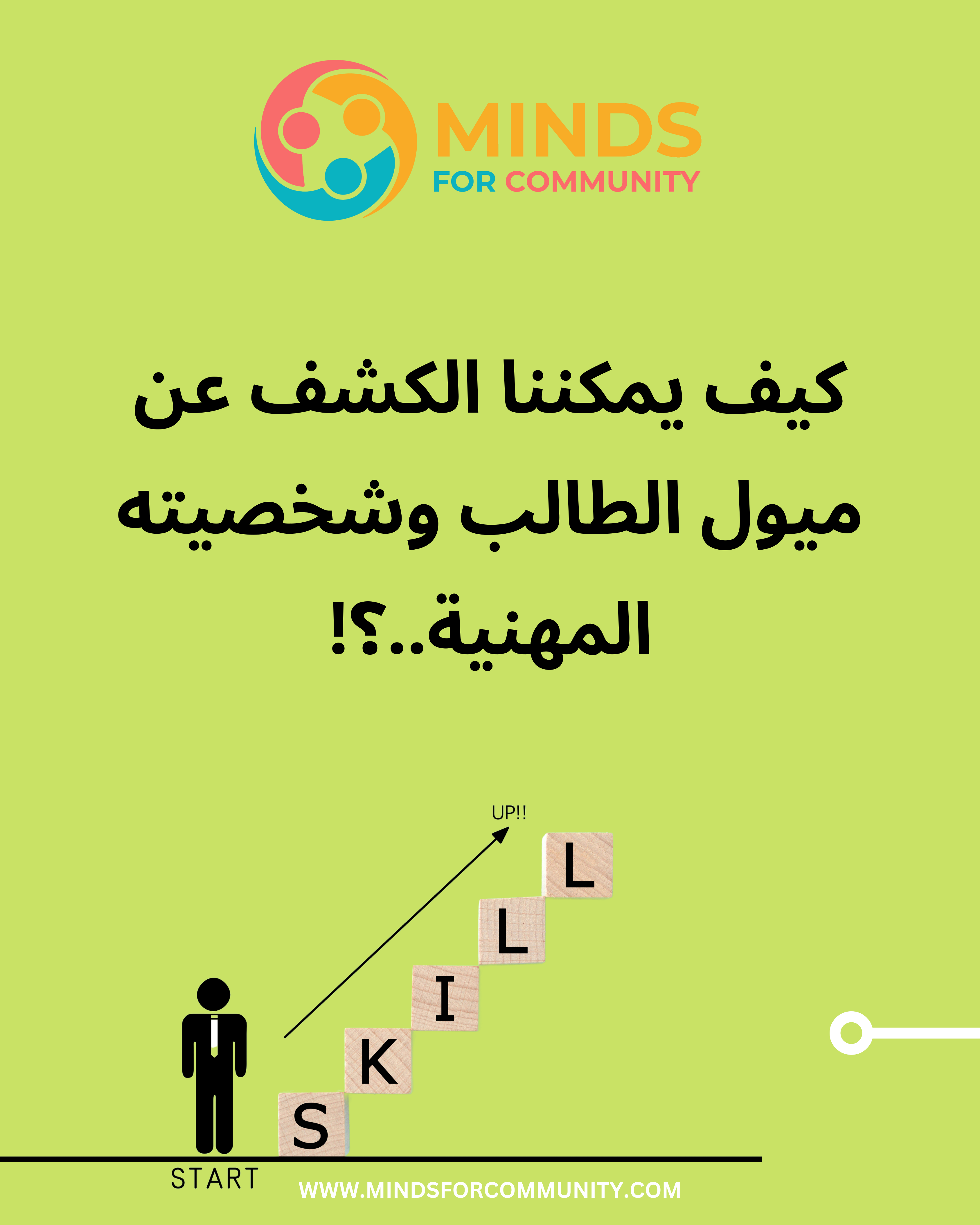Identifying a Student’s Interests and Career Personality Helps Guide Them Toward the Right Career Path
This can be achieved through several methods, including:
1. Career Assessments:
Using career personality tests to determine suitable fields.
Conducting multiple intelligences tests to identify the dominant type of intelligence.
2. Direct Observation:
Observing the student’s behavior in academic and social settings to identify natural strengths.
Analyzing activities that attract and engage the student.
3. Personal Interviews and Questionnaires:
Talking with the student about their interests and future dreams to understand their inclinations.
Using questionnaires about preferred jobs and comfortable work environments.
4. Practical Experience and Training:
Providing training opportunities or hands-on activities in various fields to explore interests and abilities.
Involving the student in projects and practical activities like volunteering or professional visits.
5. Reviewing Academic Performance:
Analyzing subjects in which the student excels to identify strengths.
Connecting academic subjects with suitable career paths.
6. Consulting Career Counselors and Parents:
Collaborating with school counselors and teachers to identify career interests.
Discussing with parents about the activities and hobbies the student enjoys at home.
7. Interactive Career Guidance Programs:
Attending workshops and career guidance sessions to explore different fields.
Using online platforms that provide career consultations based on analytical tests.
Through these methods, students can discover their career interest
s and make better decisions about their professional future.





